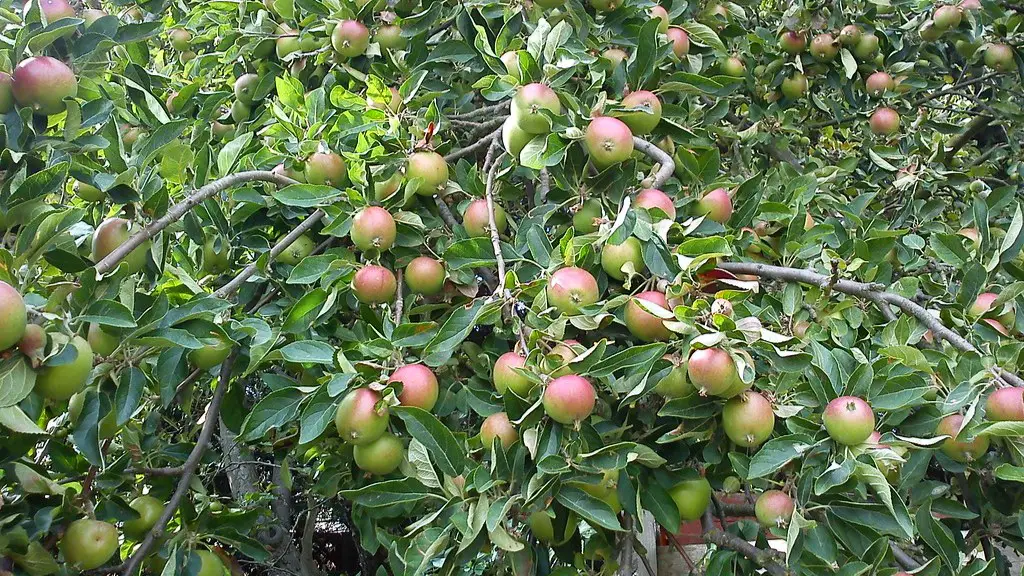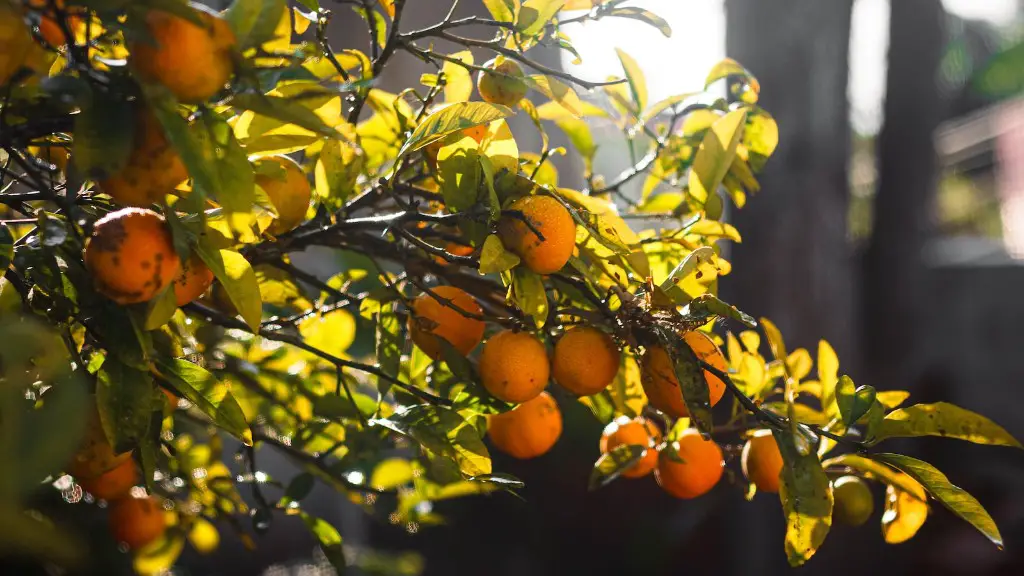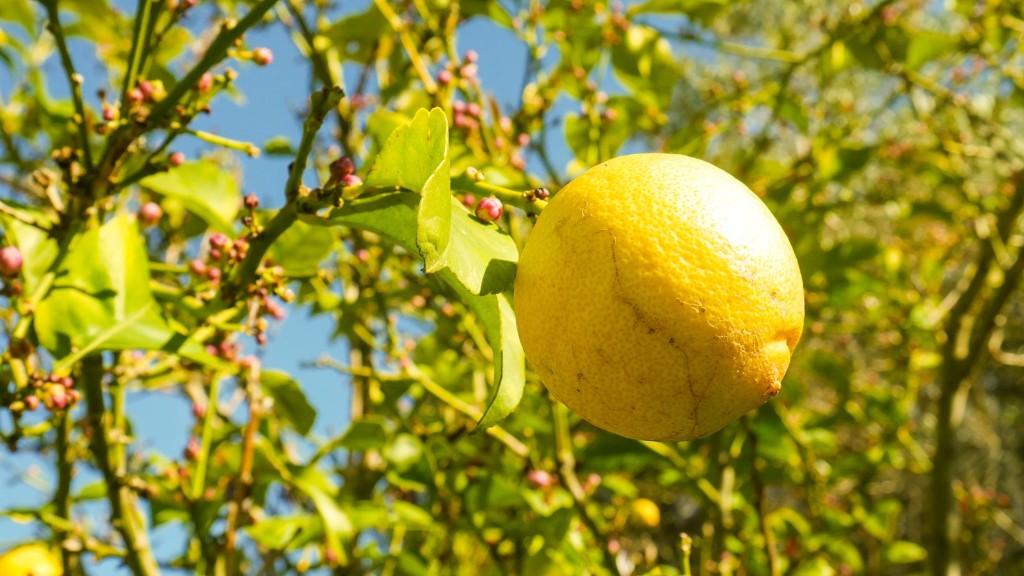Apple trees are a perfect addition to any garden. When they become overgrown, however, they can quickly become an eyesore. To keep your apple tree looking neat and tidy, you need to trim it regularly. Here is how to do just that:
Step One: Gather your supplies. You will need a sturdy ladder, pruning shears or saws, and a wheelbarrow. Gloves and eye protection are also recommended. Step Two: Work your way up the tree. Start at the lower branches and work your way up. Remove any crosses, dead or broken limbs, and thin out the canopy. Step Three: Cut the secondary branches back. Cut down each branch in one movement, leaving the base intact. It is important that you keep the remaining branches evenly spaced apart. Step Four: Prune back sideshoots. Remove any shoots that are growing along the main stem of the tree. This will promote new growth. Step Five: Cut back leggy branches. Leggy branches are branches that have grown too long for their strength. Cut them back to the desired length. Step Six: Remove suckers. Suckers are shoots that grow from the base of the tree. These will weaken the root system and make the tree more prone to disease. Step seven: Clean up. When you have finished trimming, rake up the excess leaves and twigs and compost them. Do not leave them lying around, as this can encourage pests.
The Right Tool For The Job
Using the right tool for the job is essential when trimming an overgrown apple tree. Pruning shears and lopping shears are typically used to trim smaller branches. For larger limbs, a saw may be necessary, although an electric saw is not recommended. Choose a saw that is specifically designed for pruning, with a thin and sharp blade. That way you can get a clean and precise cut. You should also consider wearing protective gloves, a long-sleeved shirt, and safety glasses to protect yourself from leaves, twigs, and airborne debris.
Health Benefits of Pruning
Pruning an overgrown apple tree has more benefits than simply keeping your garden looking neat and tidy. Pruning can help to reduce the amount of fruit that the tree produces and encourage more flavourful fruit. It can also help to improve the health of the tree, as it reduces the risk of diseased and infested branches. Pruning can also help the tree to absorb more light and air, resulting in more vigorous growth.
When to Prune
It is important to prune an overgrown apple tree at the right time of year. Pruning should be done in late winter or early spring, before new growth begins. This is when the tree is dormant and healing will be faster. You should never prune your tree when the sap is running, as this can lead to infection. It is also important to avoid pruning in the middle of summer, as this can result in stunted growth.
Looking After Your Tree
In order to keep your apple tree looking neat and tidy, it is important that you care for it correctly throughout the year. Watering your tree regularly, mulching around its base, and fertilising a few times a year will help it to flourish. Regularly inspecting it for signs of disease, cleaning away debris and dead leaves, and mulching around the base of the tree will also help prevent pest and disease problems. Also, remember to keep an eye out for any sign of suckers, which need to be removed when they are spotted.
Cutting Back for Rejuvenation
Sometimes an apple tree may require more drastic pruning. In these cases, the whole tree may need to be cut back, leaving just a few of the larger branches. This is called rejuvenation pruning and is best done in late winter or early spring. Rejuvenation pruning can help to kickstart new growth, although it will take some time for the tree to reestablish itself. If you are unsure about how much to prune, it is best to speak to a professional arborist.
Pruning Tips
Before undertaking any pruning, it is important to familiarise yourself with the basics. Generally, you should make sure that the pruning cuts are made at the correct angle, that you do not leave stubs, and that you do not remove too much of the foliage. While pruning may seem daunting, it is a skill that you can quickly pick up with practice. Just remember to use proper tools, wear protective clothing, and take your time.


